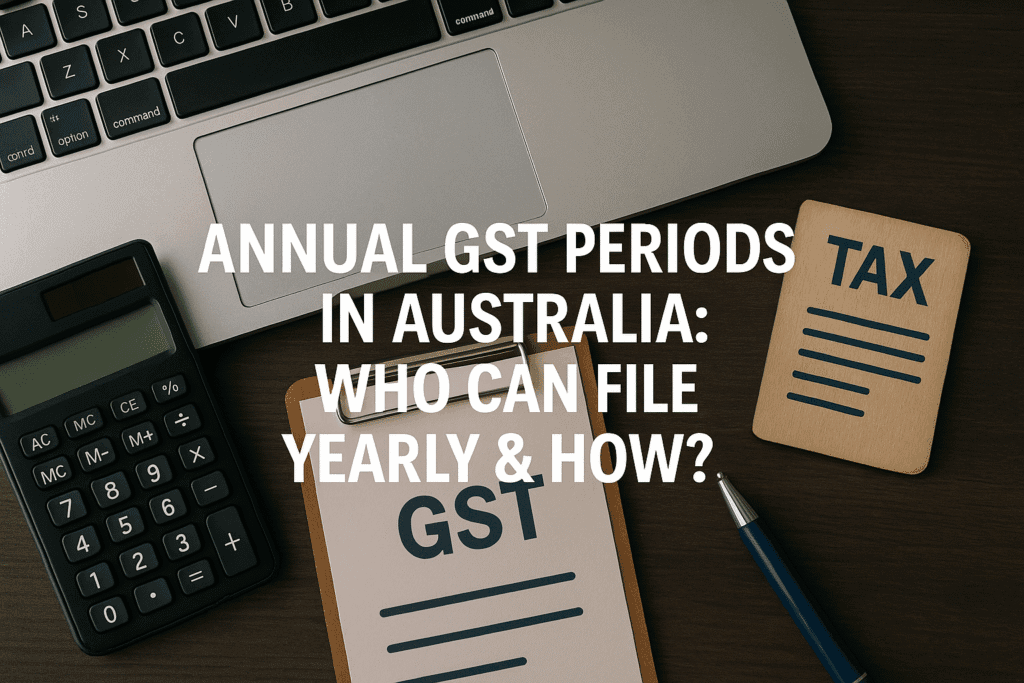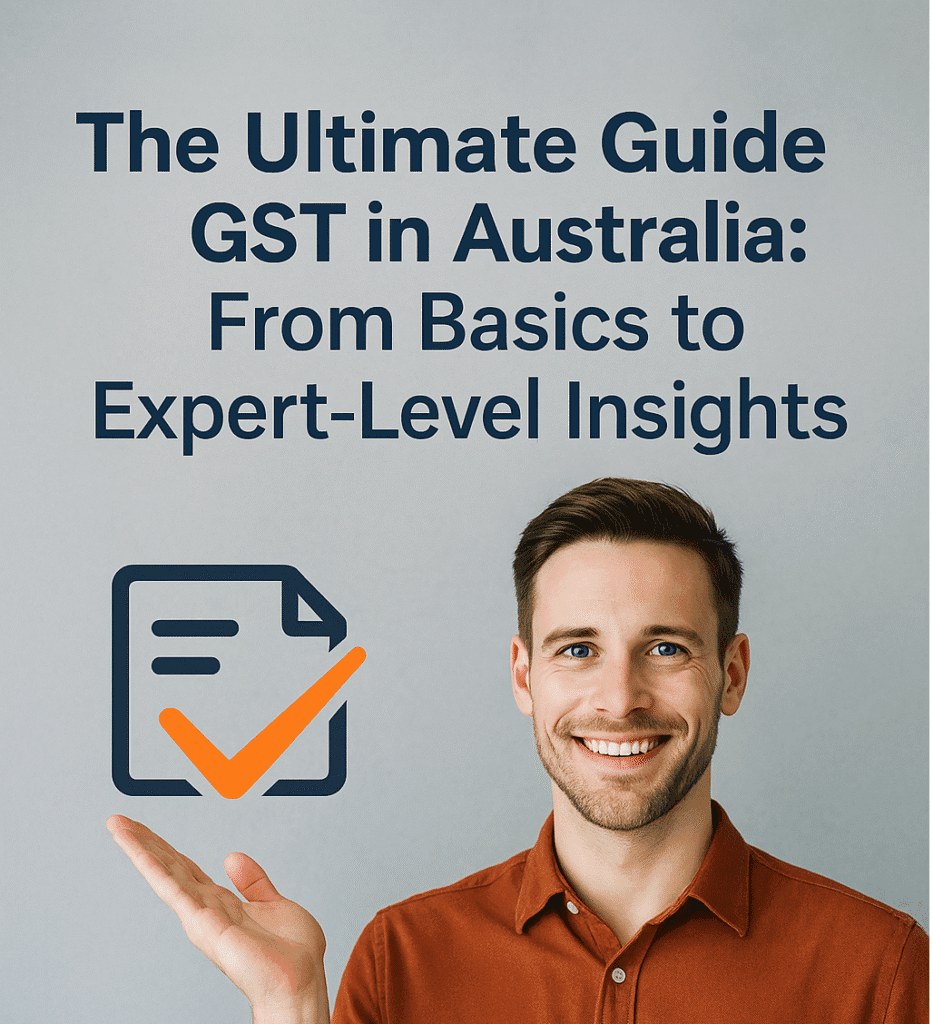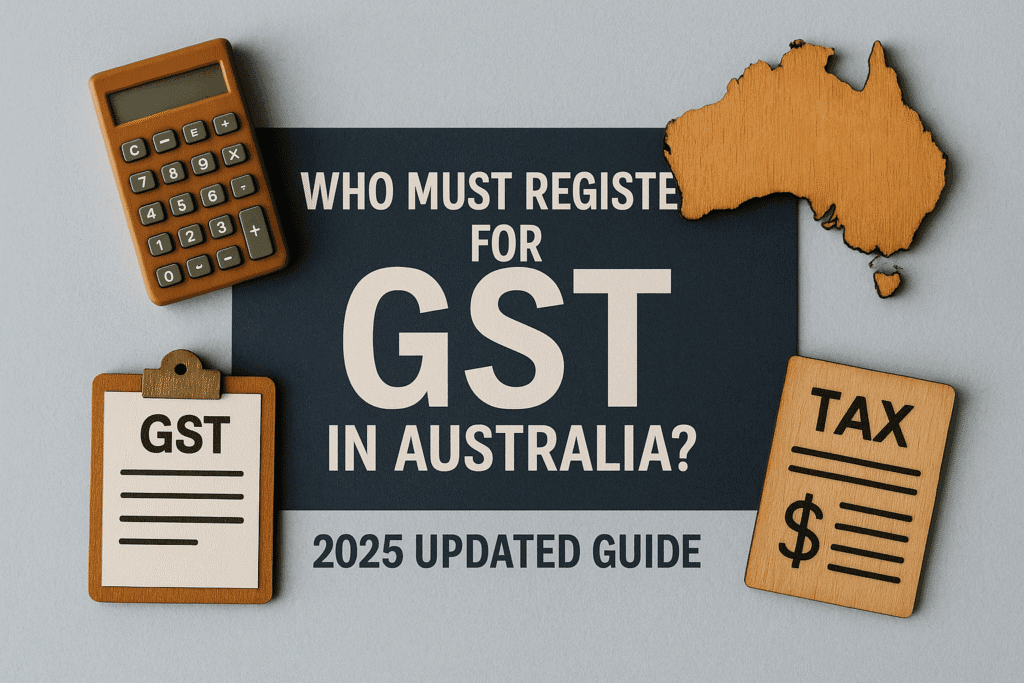[Based on Division 151 of the GST Act 1999]
Not all businesses in Australia need to lodge Business Activity Statements (BAS) every month or quarter. Under certain conditions, small businesses can elect to file their GST returns annually — saving time, money, and admin work.
This guide explains:
- Who is eligible for annual GST reporting
- How to opt in or opt out
- What compliance looks like under Division 151
1. What Is an “Annual GST Period”?
Under Division 151 of the GST Act:
An annual GST period allows a registered entity to lodge and pay GST just once per year, instead of monthly or quarterly.
2. Who Can Elect to File Annually?
✔️ Eligibility Criteria:
To file annually, your business must:
- Be GST-registered
- Have a GST turnover of less than $75,000 (or $150,000 for non-profit organisations)
- Not be required by the ATO to lodge monthly or quarterly BAS (e.g., high-risk industry or default history)
Who Cannot Use Annual GST Periods?
You cannot elect for annual GST periods if:
- You’re registered under GST instalments (Division 162)
- Your turnover exceeds the thresholds above
- You fail to comply with GST lodgment or payment obligations
- You operate a business with volatile or unpredictable cash flow, which ATO considers risky
3. How to Elect Annual GST Period
Step-by-Step Process:
- Log into ATO Online Services via myGov or Business Portal
- Go to “Activity Statement Preferences”
- Select “Annual tax period election”
- Choose the financial year for which you want the annual cycle
- Submit the election before 28 October of that year
You can also submit a written request or have your registered BAS agent lodge it for you.
4. When Does the Annual GST Period Apply?
- The annual GST period always ends on 30 June each year.
- It starts from:
- The day your election becomes effective, or
- The beginning of the next financial year, depending on when you apply
5. Payment Timing & Filing Requirements
Even though you lodge once a year, installments may still apply.
You must:
- Pay quarterly GST instalments as estimated by the ATO
- Then lodge a final annual GST return by 28 February of the following year
Example:
- GST Annual Period: 1 July 2024 – 30 June 2025
- Annual GST Return Due: 28 February 2026
6. Changing or Cancelling Your Annual Period
You may cease to account annually if:
- Your turnover crosses the $75k/$150k limit
- You fail to lodge/pay on time
- ATO revokes your election due to compliance issues
To opt out voluntarily, you can notify the ATO via:
- Online portal
- In writing
- Through your BAS or tax agent
7. What If You’re Ineligible Mid-Year?
If your GST turnover exceeds the limit during the year, the ATO may:
- Cancel your annual GST period from that point
- Require you to start lodging quarterly or monthly immediately
- Impose penalties if you fail to update your status on time
8. Benefits of Annual GST Reporting
- Less paperwork — only one BAS per year
- More focus on business operations
- Helpful for seasonal or low-volume businesses
- You still get full access to input tax credits
9. Risks and Considerations
- You must keep accurate records year-round
- Installments may not match actual GST liability
- Reconciliation at year-end must be accurate
- Late reporting = possible interest or penalties
FAQs
Q1. Can I voluntarily switch from quarterly to annual GST?
Yes, if you meet eligibility and notify ATO before 28 Oct.
Q2. Do I have to pay GST quarterly even with annual periods?
Yes. ATO may ask you to pay quarterly instalments based on past activity.
Q3. What if my actual GST liability is different from instalments?
You reconcile the difference in your annual GST return.
Q4. Will I get penalties if I miss the 28 February deadline?
Yes — interest and penalties may apply if you lodge late.



